What's difference between aluminium, carbon, aluminium carbon and wooden arrows? Which one is best for your bowstyle, or does it even matter? Here we look at the are advantages and disadvantages of each.
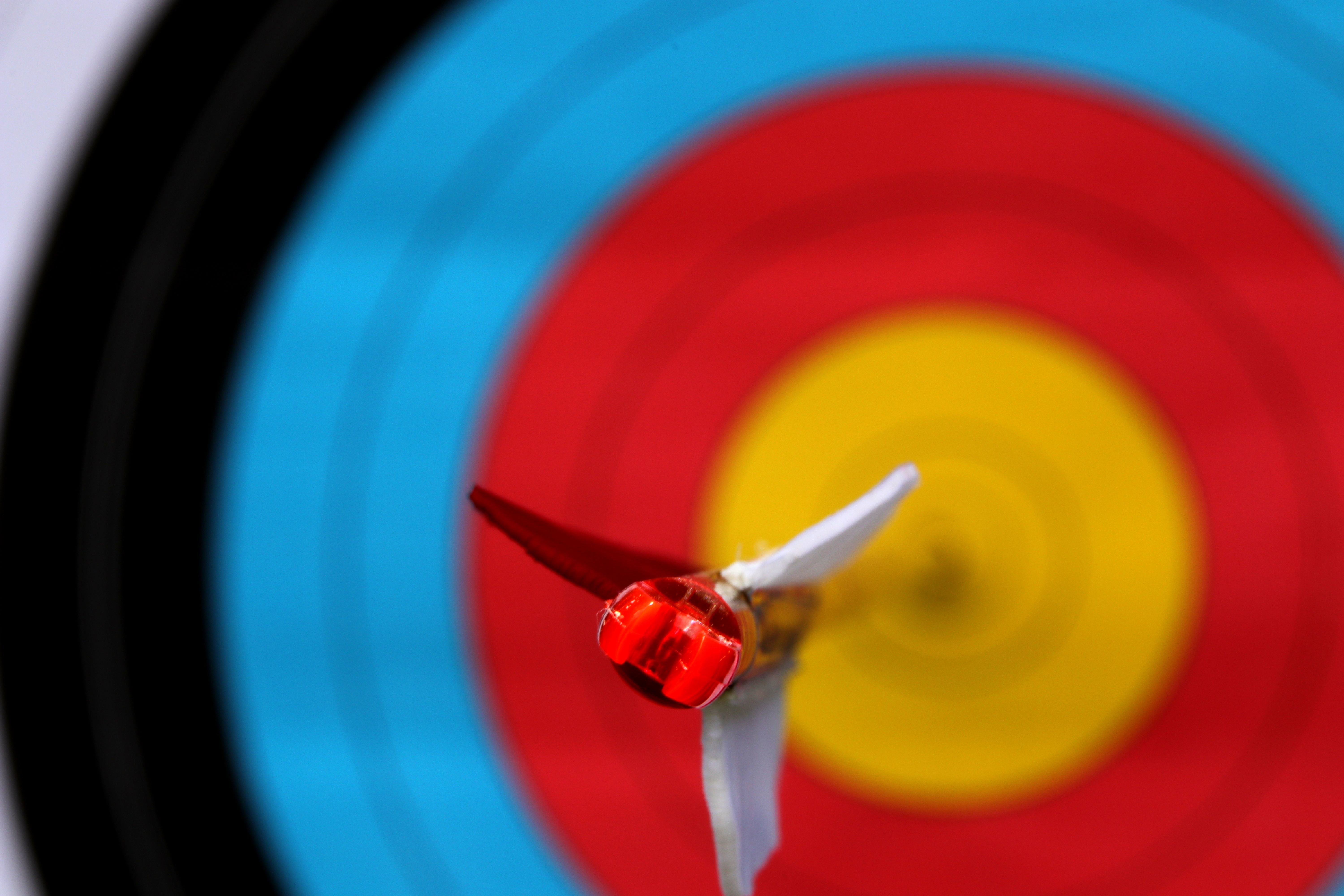
Just remember that for safety reasons, you should always inspect your arrows for damage but especially on carbons and wooden arrows, as they can splinter or even snap if they are damaged and are then shot.
The aluminium parallel shaft is the most common arrow shaft material used. Owing to the material used, it is affordable and offers fantastic tolerances in terms of straightness. The downfall to this arrow is that depending on the quality of the shaft the arrow weight can fluctuate between shafts considerably, and the shaft itself is heavy when compared to other types on this list.
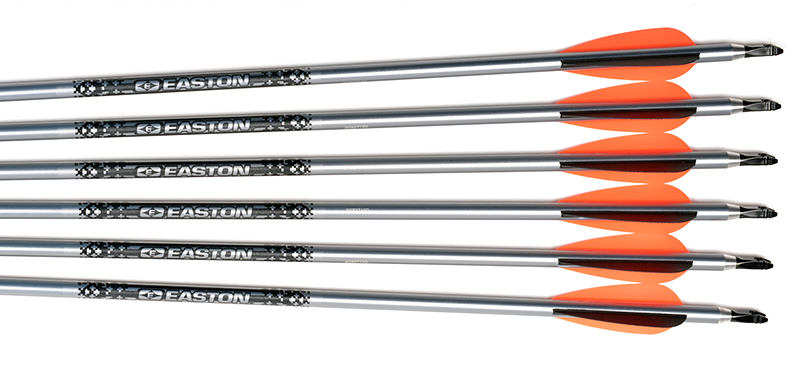
Examples of full aluminium arrows include: Easton X7 and Easton Platinum Plus XX75 (pictured).
An all-carbon parallel shaft, depending on the manufacturer’s tolerances, can be both lightweight and strong, allowing it to take some considerable punishment.
The downside is that some clubs don't allow the use of an all-carbon arrow due to it being hard to find in the grass, so make sure you ask your club what they permit before purchasing new arrows.
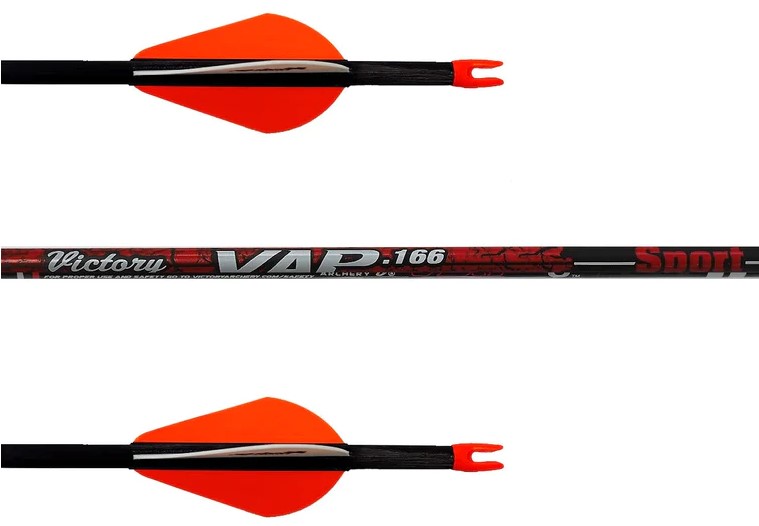
Example of full carbon arrows include: Victory VAPs (pictured) and Skylon Paragon.
In these arrows, aluminium is used as a core tube and then carbon is bonded to the tube for extreme straightness and reduced weight, allowing for much tighter groupings. The benefit to this kind of arrow is that unlike an all-carbon arrow, this can be found using a metal detector.
Those with a tapered shaft are thinner at the back, resulting in reduced drag, while a greater front of centre offers a more forgiving release. A by-product of the tapering is a reduction in arrow weight which in turn increases speed. This is the ultimate arrow set-up for compound archers shooting with a release aid.
As good as a tapered shaft, the barrelled shaft offers even greater advantages. By making the rear half of the shaft less stiff and much lighter in mass than the front of centre, clearance for finger shooters is improved for recurve bows. You get all the advantages from a tapered shaft but also by shifting the shaft balance forward, there is improved wind performance and an even greater forgiveness in the release. This is the ideal arrow for freestyle recurve and barebow.
Although the Easton X10 is an aluminium-carbon barrelled shaft, it differs from the other arrows in the group as it has been designed with 70-metre rounds in mind. The X10 is thinner and heavier due to a higher modulus carbon used. This allows the arrow to fly much better in windy conditions and provides even better clearance, resulting in increased forgiveness. It’s the ultimate 70-metre arrow.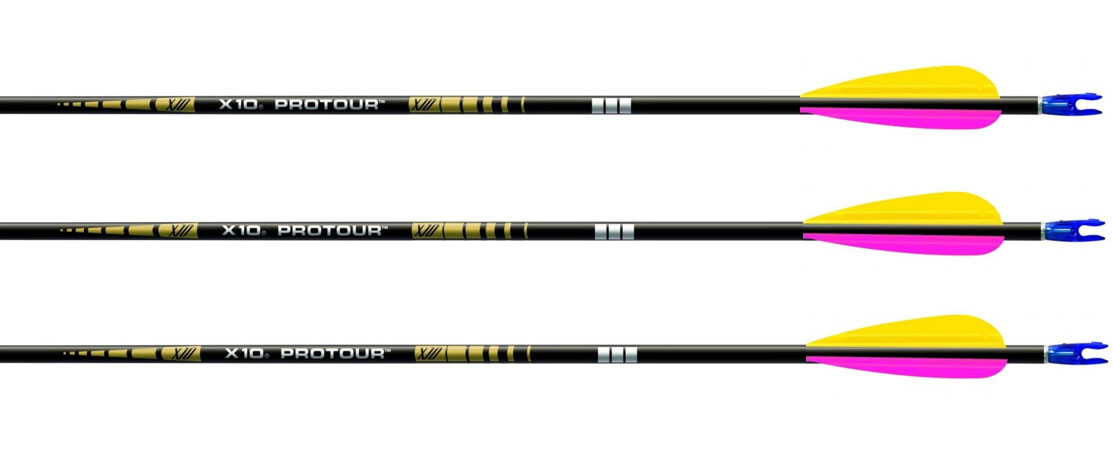
Examples of carbon-aluminium composites include: Easton X10 (pictured) and Merlin's Alimax.
One of the most important considerations for wooden shafts is that they all weigh as close as possible to each other. You should weigh your shafts and get them to within a ten-grain range as there can be as much as 120 grains difference from one shaft to another, which in turn will make it virtually impossible to group consistently.
Tapering, and more importantly, barrelling a wooden arrow dates back to ancient times where it allowed archers to get more accuracy and reach further distances. The reason it is so effective is that wooden arrows are very heavy when compared to modern materials and sanding down the shaft removes considerable weight.
The last option that can done on a wooden arrow is to use a footing on the front of the shaft. This is a hardwood that increases the front of centre weight for better flight, as well as reinforcing the strength of the shaft against impact.
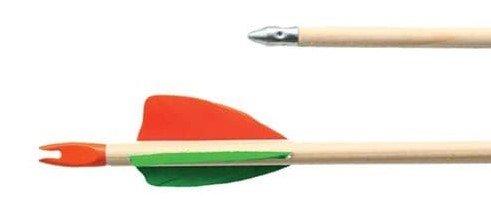
Thanks to Adam at Wales Archery.